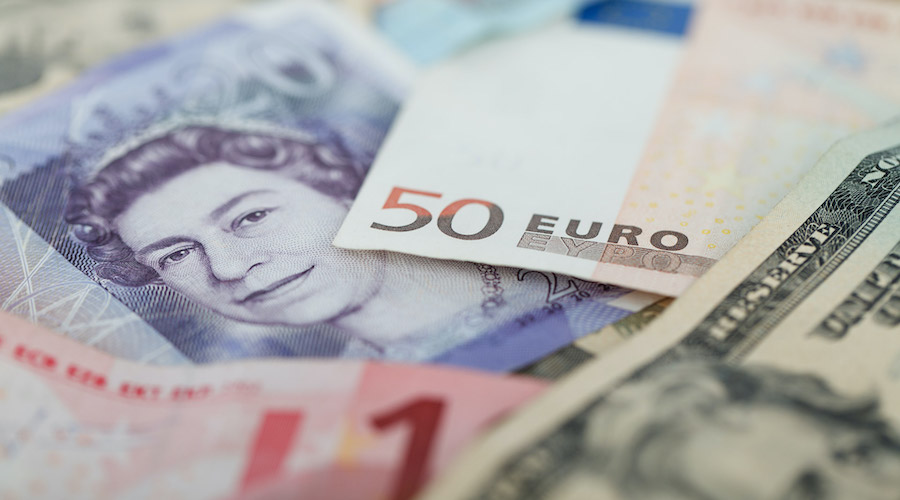Global S&T Development Trend Analysis Platform of Resources and Environment
| Never mind the bumpy ride. Emerging-market investors are back | |
| admin | |
| 2020-04-19 | |
| 发布年 | 2020 |
| 语种 | 英语 |
| 国家 | 国际 |
| 领域 | 地球科学 |
| 正文(英文) |  Banknotes. (Reference image by Petr Kratochvil, Needpix)
An absence of bad news may be just enough to keep the rally in emerging markets on track even as many developing economies remain in pandemic-forced lockdown. High-yield bonds are likely to be among investor favorites. Gains in coming days would extend the advances of the past two weeks, spurred by optimism on Friday of a coronavirus treatment and the prospect of a staggered reopening of the U.S. economy. Options traders are also betting that the worst of the rout may have passed. JPMorgan Chase & Co’s implied-volatility index for emerging-market currencies has declined from the nine-year peak reached a month ago after a deluge of central-bank stimulus. “History suggests that emerging-market investors are likely to have one of their best six-to-12 month stretches in a decade from here, though it will be a very bumpy and psychologically uncomfortable ride,” said Morgan Harting, a New York-based money manager at AllianceBernstein. “We see a number of issues offering equity-like returns and extremely high yields at prices we think are well below recovery values in the event of default.” Harting is among a growing chorus of investors turning more sanguine on emerging markets. Aviva Investors Global Services said it’s time to get selective on developing-economy bonds as it gravitates toward nations where policymakers have room for stimulus, backed by manageable debt levels and higher foreign reserves. AllianceBernstein, which manages $542 billion, favors higher-yielding bonds in developing economies. For all the optimism, the outlook for currencies is far from assured. While the MSCI index of stocks climbed 1.5% and bonds rose 1.3% last week, currencies retreated as the U.S. dollar found fresh support. A Bloomberg study of the events that followed the global financial crisis of 2008 found investors will likely focus on value, meaning the Mexican peso and Brazilian real will lead the next stage of the recovery. The ruble has headed the pack so far this month even as oil has tumbled, with bond investors creeping back into Russian government debt amid expectations the central bank will resume monetary easing on Friday. By contrast, the Turkish lira has been among the biggest losers. Options traders are the most bearish on the lira since September 2018, speculating that another rate cut Wednesday will send Turkey’s real interest rates further below zero. Cut, cut, cut
Argentina and Ecuador
Economic data
(By Netty Ismail, Simon Flint and Sydney Maki, with assistance from Kyoungwha Kim and Alec D.B. McCabe) |
| URL | 查看原文 |
| 来源平台 | Minging.com |
| 文献类型 | 新闻 |
| 条目标识符 | http://119.78.100.173/C666/handle/2XK7JSWQ/246047 |
| 专题 | 地球科学 |
| 推荐引用方式 GB/T 7714 | admin. Never mind the bumpy ride. Emerging-market investors are back. 2020. |
| 条目包含的文件 | 条目无相关文件。 | |||||
| 个性服务 |
| 推荐该条目 |
| 保存到收藏夹 |
| 查看访问统计 |
| 导出为Endnote文件 |
| 谷歌学术 |
| 谷歌学术中相似的文章 |
| [admin]的文章 |
| 百度学术 |
| 百度学术中相似的文章 |
| [admin]的文章 |
| 必应学术 |
| 必应学术中相似的文章 |
| [admin]的文章 |
| 相关权益政策 |
| 暂无数据 |
| 收藏/分享 |
除非特别说明,本系统中所有内容都受版权保护,并保留所有权利。
修改评论